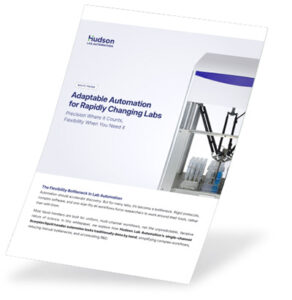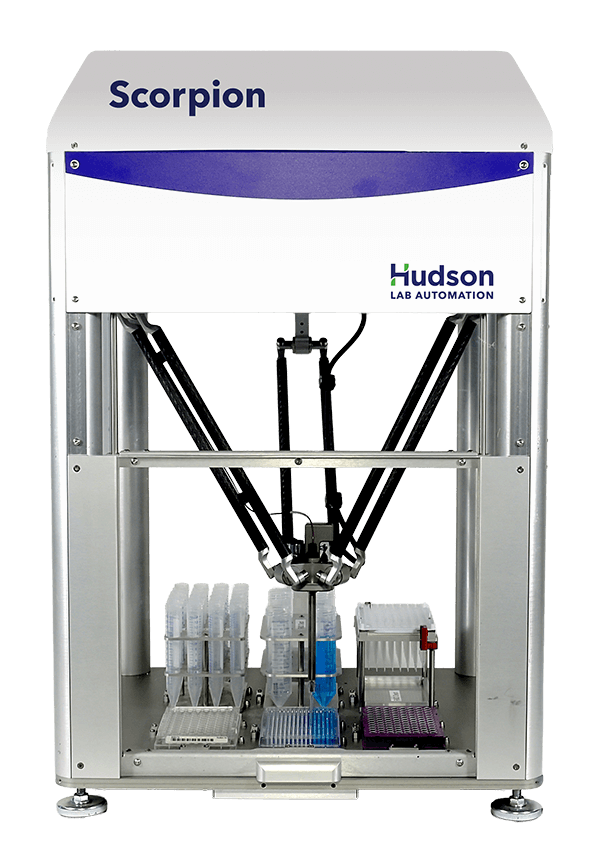Automated ELISA and Its Applications
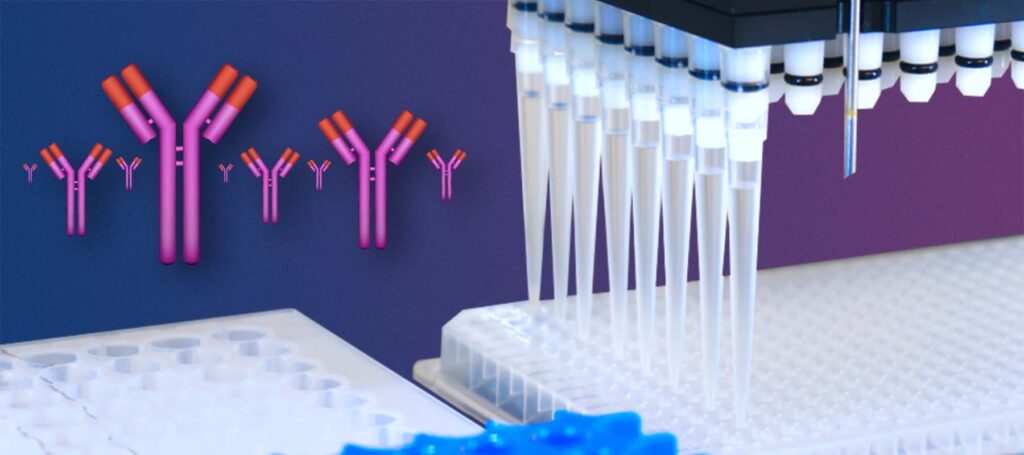
ELISA, which stands for Enzyme-Linked ImmunoSorbent Assay, is a type of immunological assay. Antigens from a sample are placed onto a surface, followed by an
pH Meter Storage Tips: How To Store pH Meter Electrodes and More
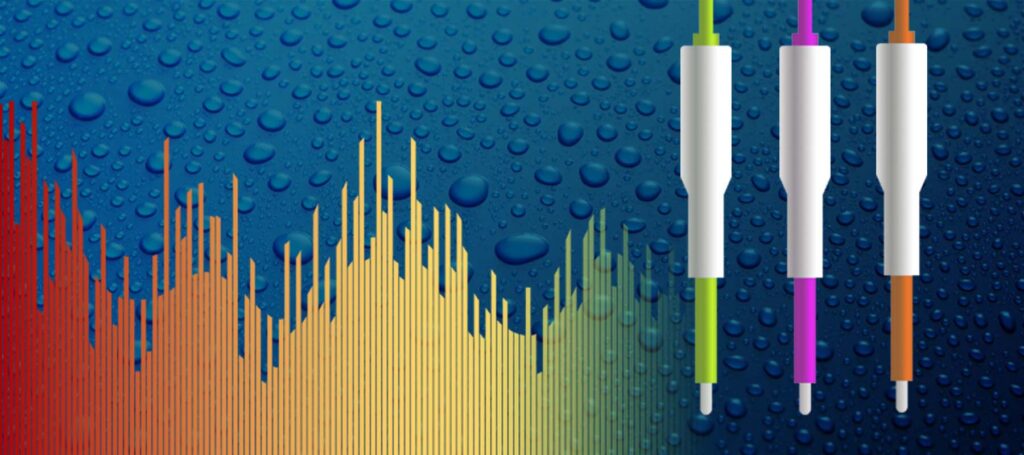
Given pH can vary between city water treatments, growers must be able to properly read their local water’s pH so that they can start their
A Guide to Different Types of ELISA
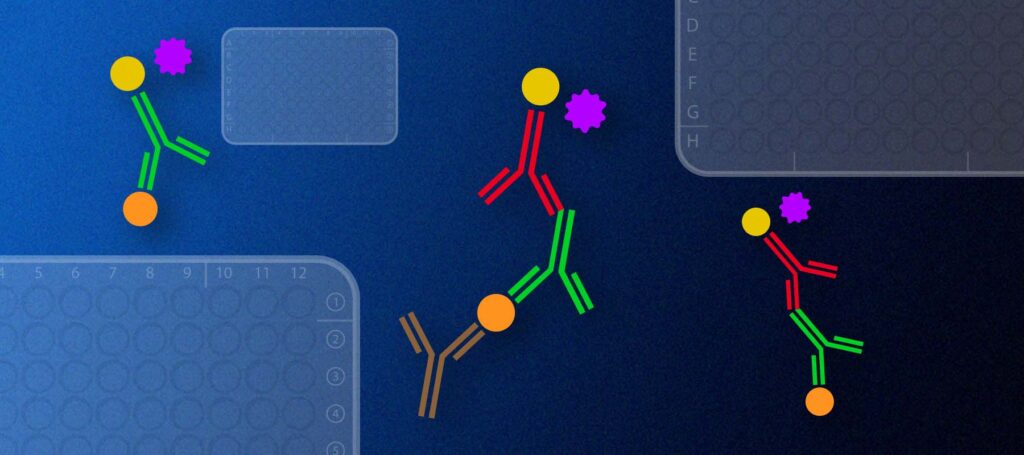
There are 3 different types of ELISA that are widely used: direct ELISA, indirect ELISA, and ELISA sandwich assay. ELISA tests have been used to
What Does a Microplate Reader Measure and Other Microplate Q&A
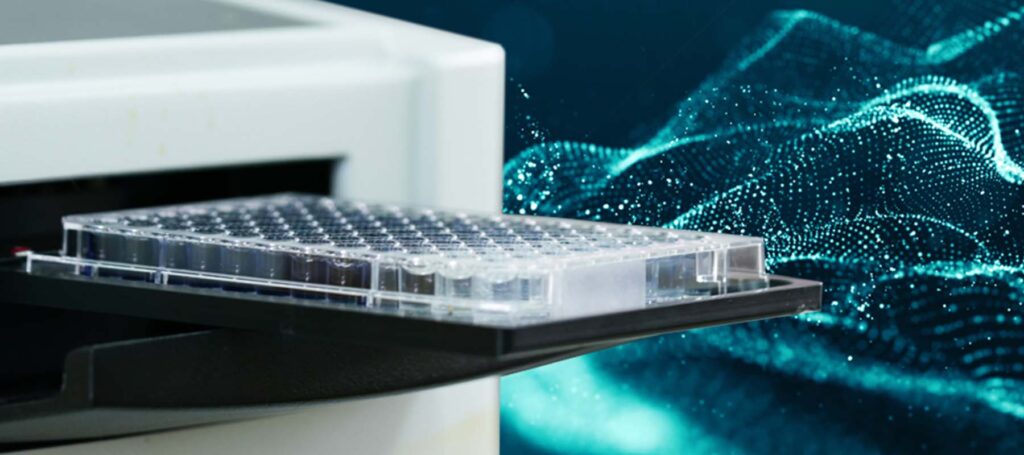
Microplate readers measure changes in biochemical, cellular or physical properties in the wells of a plate. Microplate readers are designed for a standard 96 well
Approaches to Synthetic Biology 101
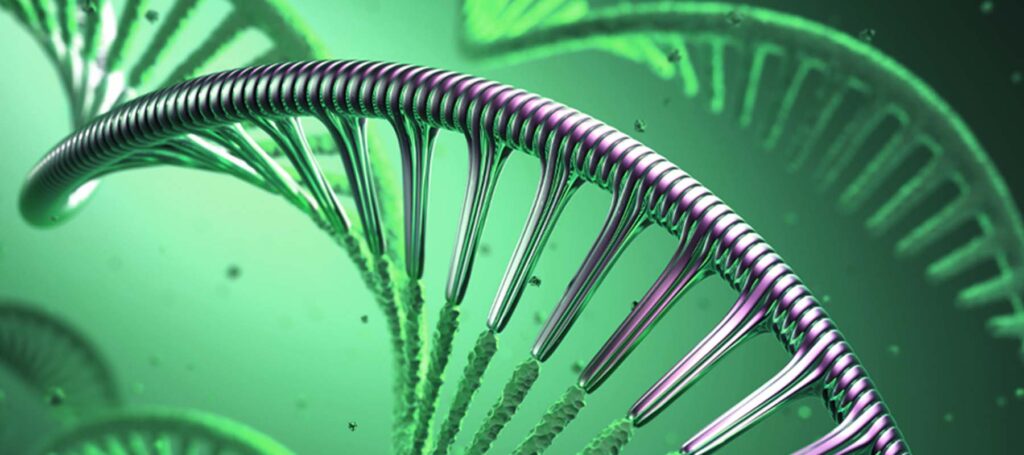
When you begin learning about synthetic biology, it can feel like reading a science fiction novel. The terminology and techniques can be challenging, but this
All About pH Meter Calibration Solutions: What, Why, and How
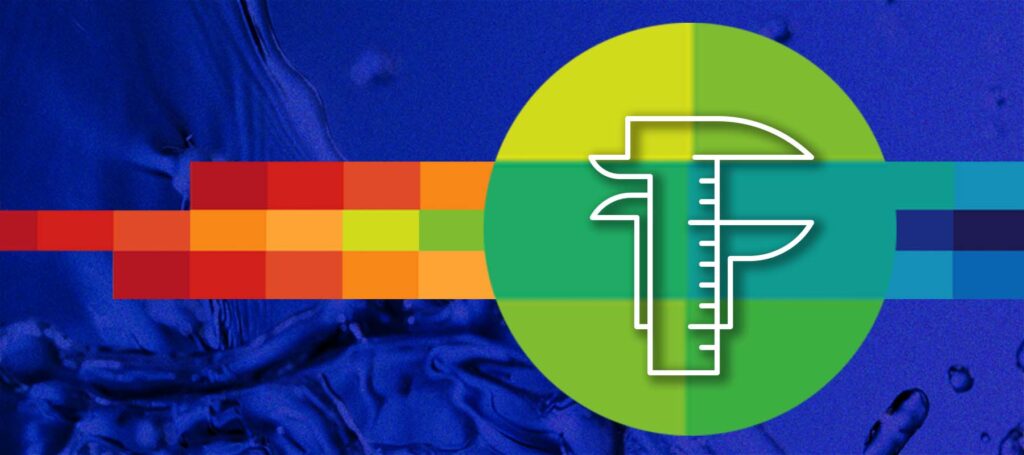
pH is an integral aspect to many scientific disciplines, where most scientists will likely consider pH at some point in their research or industry. For
An Overview of Current Liquid Handling Technology
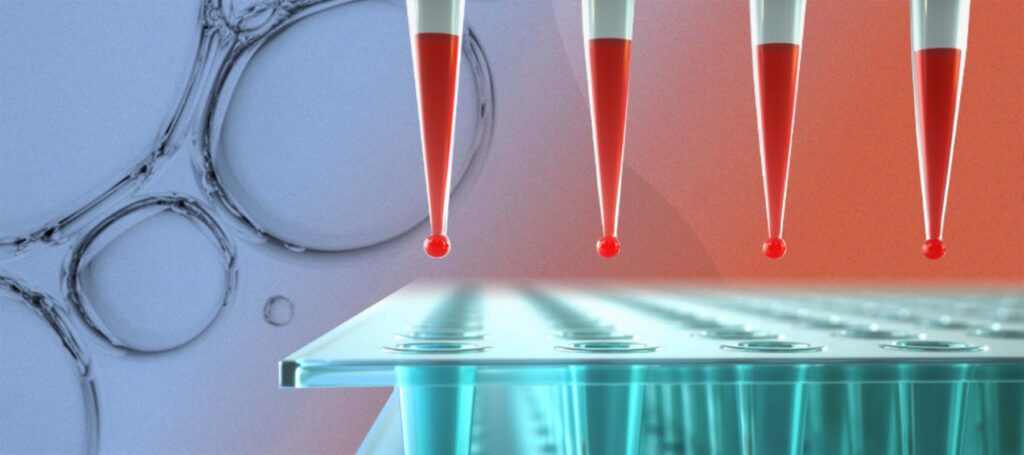
Lab automation has skyrocketed since the first fully automated lab was established in the 1980s. Though most prominent in pharmaceutical and medical testing labs, automation
Developments in Laboratory Robotics and Automation
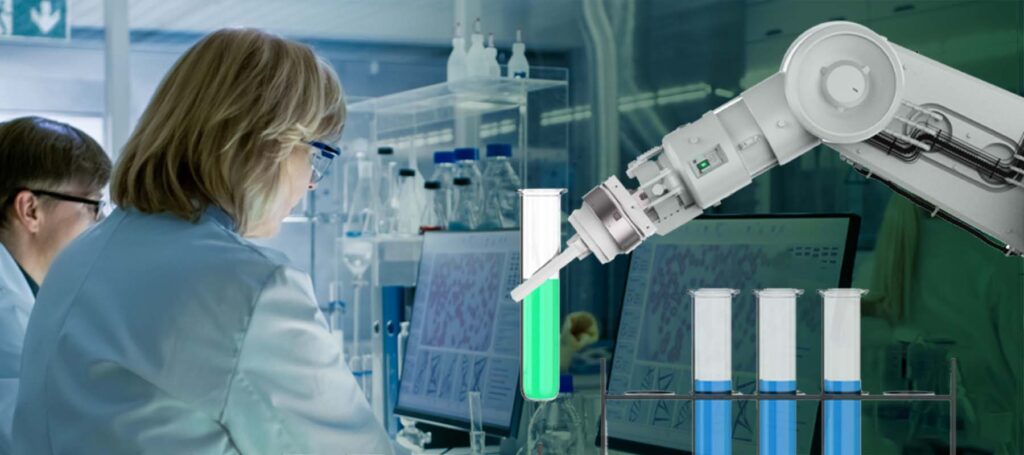
Synthetic Biology Definition As natural discoverers and problem-solvers, scientists habitually industrialize methods to investigate their queries and maximize lab productivity. This occurrence is especially noticeable
Synthetic Biology Applications: Medical, Industrial, and More
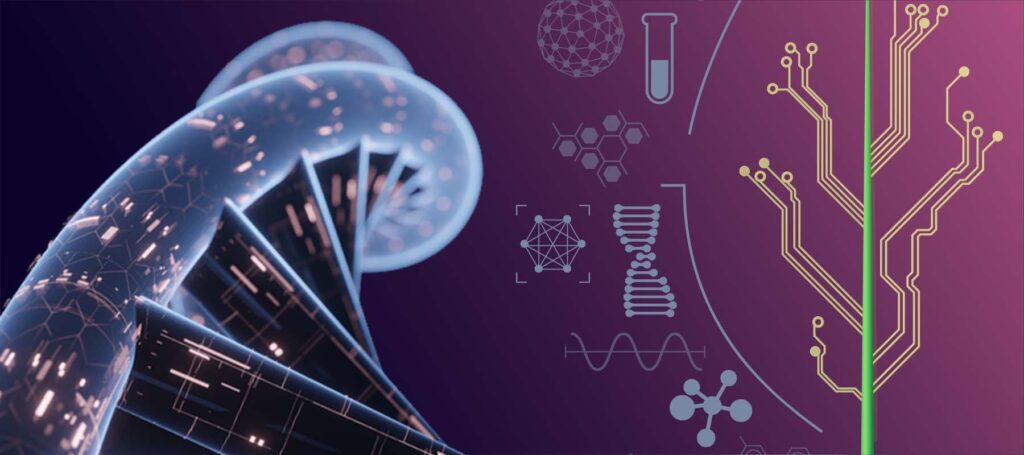
Synthetic biology is most commonly associated with the medical industry, but there are also synthetic biology applications in agriculture, industrial technology, food, and environmental protection.
Uses and Benefits of a Fluorescence Microplate Reader

Fluorescence has been documented at various points in history. In fact, Pliny described rubbed jellyfish slime as a type of torch way back in 79

